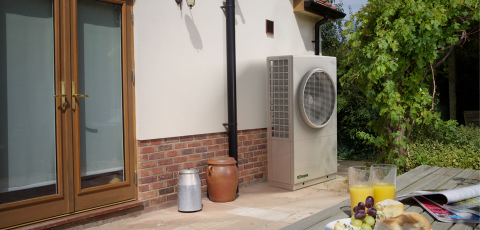Support you can trust
Our customer-focused Help Centre is here to help you with expert product information and connect you to our certified partners.
Download manuals and troubleshooting guides for your products and gain insights on what to consider when choosing for your home.
Download manuals and troubleshooting guides for your products and gain insights on what to consider when choosing for your home.
Dimplex Help Centre
Our online help centre is home to the most useful information including quick guides, FAQs, and product information. Knowledge articles cover each product category guiding you through troubleshooting and care instructions.
Online process to manage guarantee periods for all Dimplex periods
Whether you’re working on a new build, refurbishment, or commercial project, Dimplex is committed to supporting you each step of the way and being your reliable partner. We are here to provide the support and guidance you need to make every installation a success.
installer hubWith over 70 years of trading experience and a dedication to innovation and sustainability, Dimplex continues to provide award winning services across multiple sectors to their customers.
why choose dimplex?
What is COP and EER?
The Coefficient of Performance (COP) and Energy Efficiency Ratio (EER) are measures of a heat pump or heating and cooling solution’s efficiency. They indicate a ratio of useful heating or cooling produced by the unit against the energy it consumes. For example, the COP of a heat pump that can provide 3kW of heat against the input of 1kW of electricity is 3. The EER that generates a cooling effect of 12BTU against the input of 1kW of electricity is 12.

What Building Regulations are changing during 2020?
2020 has been dubbed the year of change for the built environment, with Government keen on updating compliance targets for new and existing dwellings to enforce change in industries HVAC strategies.

What are the different types of heat pumps and where would you use them?
There are three types of heat pumps available for the built environment, classified by where they source their primary energy: air, ground or water. Each has its benefits depending on the application and specific design conditions.











